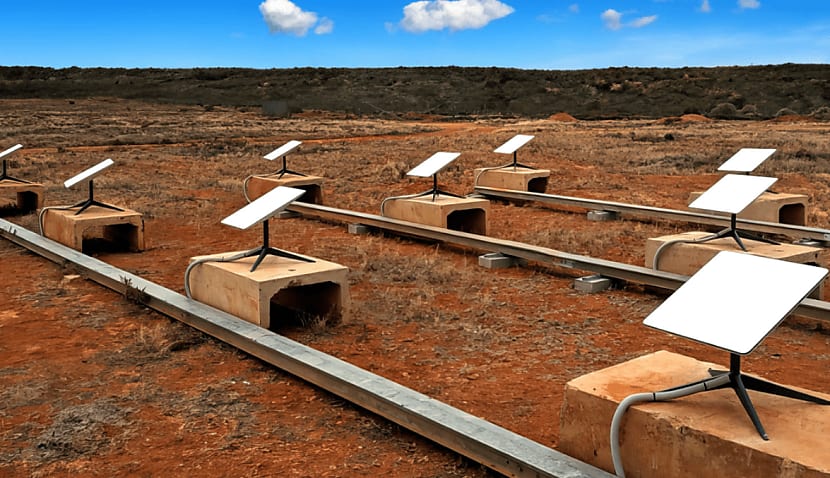Bonded internet allows two or more separate connections to combine their speeds while appearing as a single source to users.
The superfast speeds compare to Telstra’s residential Starlink connection, which offers just 50Mbps download.
“While there are other link aggregation solutions on the market, many send data from each application over just one connection at a time,” explained Ashley Grove, Vocus’ satellite development manager.
“That’s like having a multi-lane highway but only using one of the lanes for a single application like a video call.
“Vocus bonded Satellite – Starlink services use all the ‘lanes’ at the same time, allowing all the bandwidth to be used at once by any application.”
Vocus’ latest innovation can both bond multiple Starlink connections as well as multiple connection types such as mobile networks or other low-Earth orbit (LEO) satellite providers.
The telco said it meant quick uninterrupted speeds would now be available to emergency services operating on moving vehicles alongside traditional businesses operating across Australia’s entire landmass.
It’s the latest in a series of announcements that will soon allow Australians living in remote areas to more easily access Starlink internet services.
Last month, for example, Telstra became the first of the two big telcos to make Starlink available to residential homes in remote areas.
Later this year, rival Optus will go one better by offering the SpaceX-backed service straight to mobile, starting with voice before data follows in 2025.
The agreement is unique because it will not require customers to obtain any specific hardware and will instead work on all compatible handsets.
Finally, Air New Zealand is also planning to roll out free Starlink Wi-Fi on its domestic flights.
The carrier, which already offers Inmarsat Wi-Fi on international services, will test the technology on a domestic A320 family jet and an ATR in late 2024, with a broader launch in 2025 pending a successful trial run of four to six months.
Starlink provides its service via thousands of LEO satellites as opposed to the two geostationary satellites that power the NBN Sky Muster service. LEO satellites operate closer to Earth, reducing the latency found via traditional geostationary satellites, equalling quicker speeds for users.

Adam Thorn
Adam is a journalist who has worked for more than 40 prestigious media brands in the UK and Australia. Since 2005, his varied career has included stints as a reporter, copy editor, feature writer and editor for publications as diverse as Fleet Street newspaper The Sunday Times, fashion bible Jones, media and marketing website Mumbrella as well as lifestyle magazines such as GQ, Woman’s Weekly, Men’s Health and Loaded. He joined Momentum Media in early 2020 and currently writes for Australian Aviation and World of Aviation.

